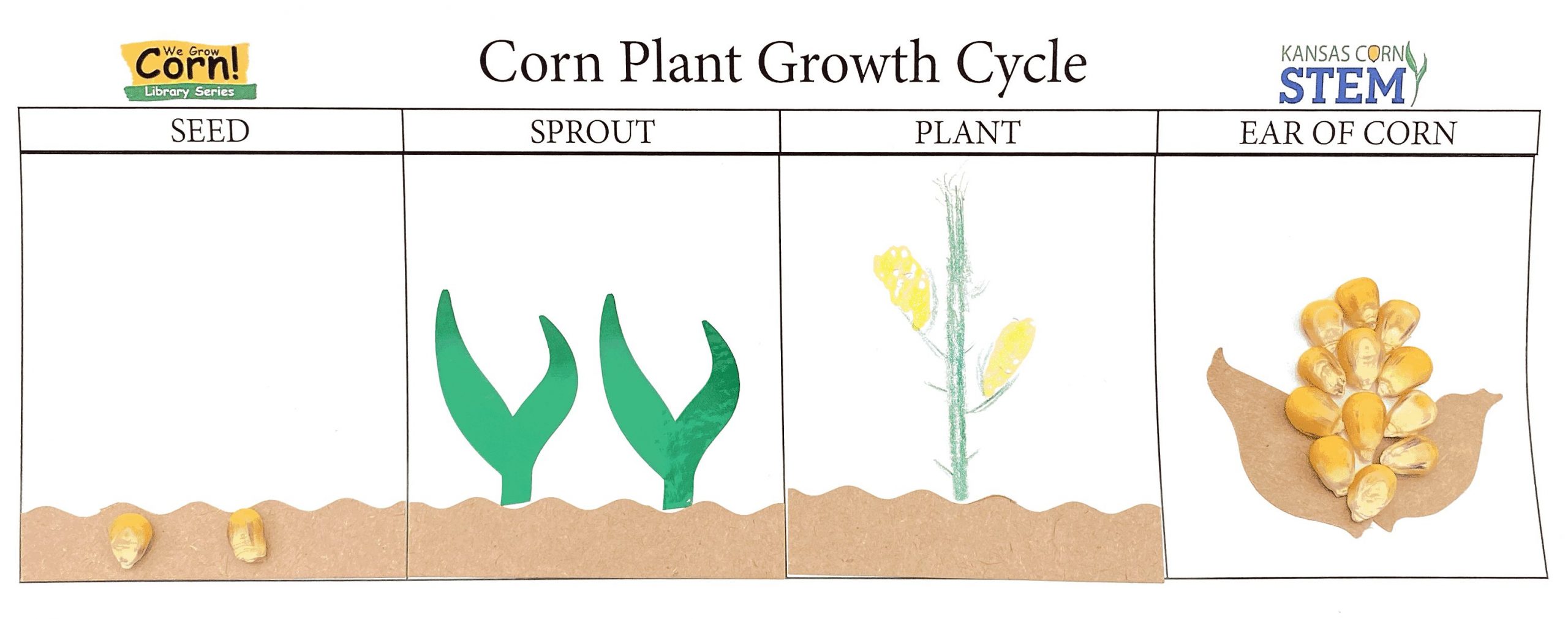Public Library Series
Unit 1: We Grow Corn! - Our Farm
Unit 1 gives an overview of what will be learned in more detail in the remaining five units. By reading the entire “We Grow Corn!” book the reader is introduced to the farmers, Brad McCauley and Steve Rome, and gets them excited to learn about growing corn. In the remaining units, the reader will dig deeper into the topics of growing corn by referencing back to certain pages.
Quick Links
Unit Instructions
About Kansas Corn STEM
Investing in Kansas teachers, students and public libraries is a priority for the Kansas Corn Commission. We are committed to providing materials and training to support STEM education while fostering an understanding of how corn farming and agriculture fit into our daily lives.
Request Library Series MaterialsThis lesson is the work product of the Kansas Corn Commission. Our lessons are written in collaboration with Kansas teachers for use in the classroom. Teachers may copy and share this curriculum. Use of this product for commercial or promotional use is prohibited without express permission of Kansas Corn.
Newsletter Sign Up
Each quarter we release a newsletter written by teachers for teachers. This is an easy way to keep up with what is happening at Kansas Corn STEM.
Subscribe Today!
